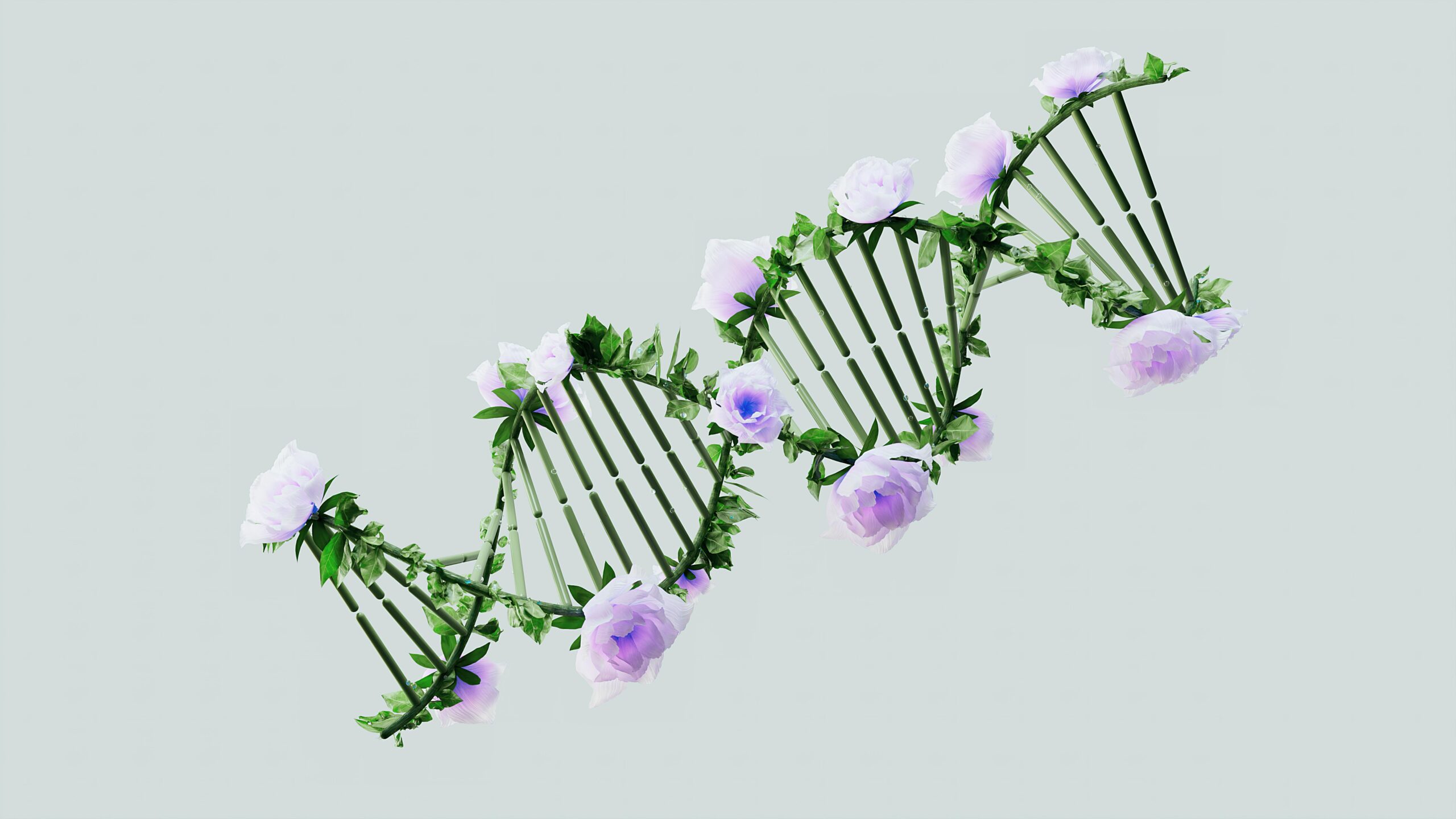Exploring the Rise of Korean AI Art Generation
Artificial intelligence has dramatically transformed creative industries worldwide, and Korea stands at the forefront of this revolution, particularly in AI art generation. This innovative fusion of technology and artistry is reshaping how visual content is created, consumed, and appreciated in Korea’s unique cultural context. The emergence of AI-driven art tools not only challenges traditional notions of creativity but also creates new avenues for artists, developers, and audiences alike. This article seeks to delve deep into the development, impact, and future potential of Korean AI art generation, offering insight into the technologies powering this innovation, the cultural elements influencing it, and its implications for society and the global art landscape.
The Technological Backbone of Korean AI Art
Korea’s advancements in AI art generation are supported by cutting-edge machine learning models and neural networks specifically tailored to visual creativity. Many Korean research institutions and startups focus on deep learning algorithms such as Generative Adversarial Networks (GANs) and diffusion models, which enable machines to produce strikingly original images. These technologies learn from vast datasets, often curated from Korean visual culture and global art collections, allowing the AI to generate artworks that blend traditional Korean aesthetics with modern digital styles. Moreover, government support and investment in AI research have accelerated access to high-performance computing, fueling rapid experimentation and innovation in this field.
Cultural Influences Shaping AI Art in Korea
Core to the uniqueness of Korean AI-generated art is the profound influence of Korean cultural heritage and contemporary trends. The AI often incorporates motifs from traditional painting styles such as minhwa (folk painting) or calligraphy, combining them with ultramodern, futuristic concepts popular among Korea’s youth culture. This cultural infusion creates artworks that resonate both locally and internationally. Additionally, Korea’s vibrant pop culture industries, including K-pop and gaming, inspire dynamic content generation, with AI tools producing visuals that cater to the aesthetics valued in these fields. These culturally rooted elements help differentiate Korean AI art from its Western and global counterparts.
Impacts on Korean Artists and Creative Industries
The rise of AI art generation presents both opportunities and challenges for Korean artists and creators. On one hand, AI serves as a novel collaborator, offering tools that expand creative horizons and enable artists to experiment with new forms and styles at unprecedented speeds. It helps democratize art production, enabling hobbyists and professionals alike to produce high-quality artwork. On the other hand, questions about artistic originality, authorship, and the role of human intuition in art have sparked debate within Korea’s art communities. Despite concerns, many artists embrace AI as a complementary medium, integrating it into multidisciplinary projects and commercial ventures spanning advertising, media, and entertainment.
Social and Ethical Considerations in AI Art
The proliferation of AI-generated art in Korea also brings important social and ethical considerations. Issues such as intellectual property rights, the potential for biased outputs reflecting dataset limitations, and the transparency of AI creation processes are actively discussed among policymakers. Korean regulators and industry leaders are beginning to explore frameworks to address ownership attribution, ensuring artists receive proper recognition and compensation when AI tools are used. Additionally, there is heightened awareness about the cultural sensitivity of AI-generated content, especially when reflecting Korea’s historical and social narratives, emphasizing the need for responsible and respectful AI development.
The Future Trajectory of Korean AI Art Generation
Looking ahead, Korean AI art generation is poised to continue evolving rapidly. Integration with augmented reality (AR), virtual reality (VR), and interactive media promises to create immersive artistic experiences that transcend traditional boundaries. Collaborative projects between AI and human artists will likely become more commonplace, pushing creativity beyond current limits. Furthermore, Korea’s leadership in AI research combined with its rich cultural heritage gives it a unique advantage to influence global art tech trends. As commercial applications expand and ethical standards improve, AI art could redefine cultural expression and creative economies, positioning Korea as a central hub for this transformative artistic frontier.
In sum, Korean AI art generation represents a vibrant intersection of advanced technology, cultural identity, and evolving creative expression. From the robust technological foundations to the distinct cultural influences and the dynamic responses of the artist community, AI is fundamentally reshaping Korea’s artistic landscape. While challenges around ethics and originality remain, the ongoing dialogue and innovation reflective of Korean society’s values promise continual growth. This vibrant synthesis of tradition and innovation not only enriches Korea’s own creative industries but also sets a compelling example for the global art world in embracing AI’s potential.
